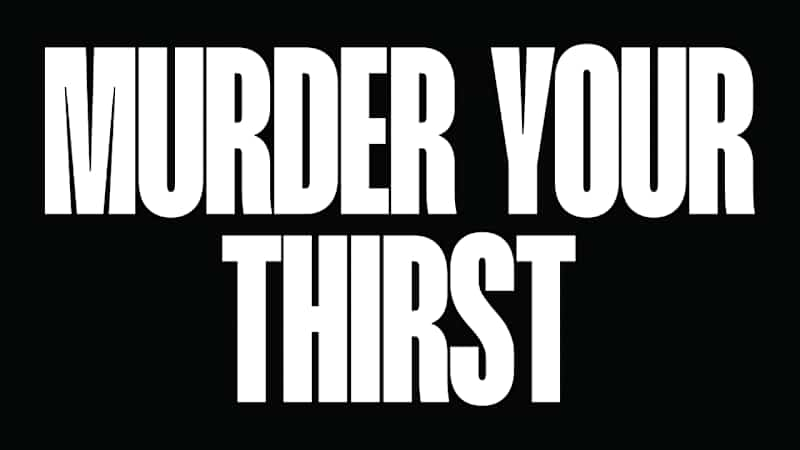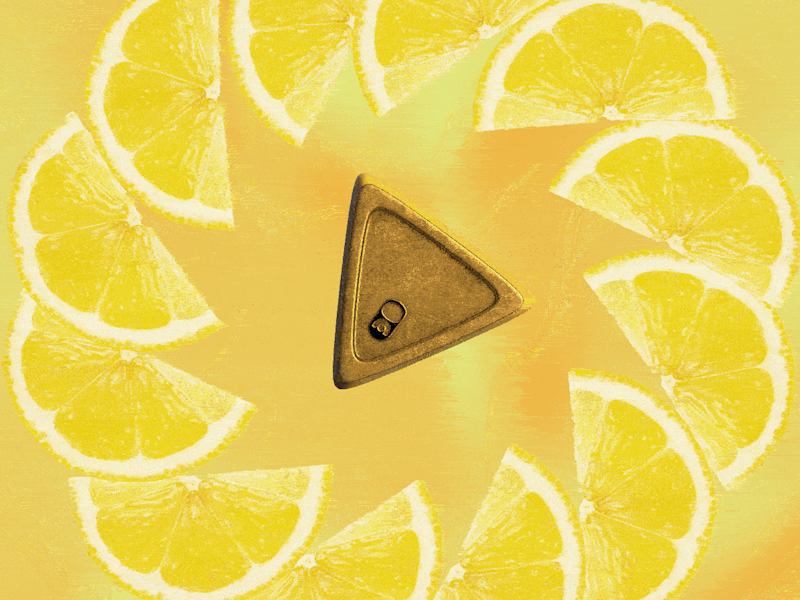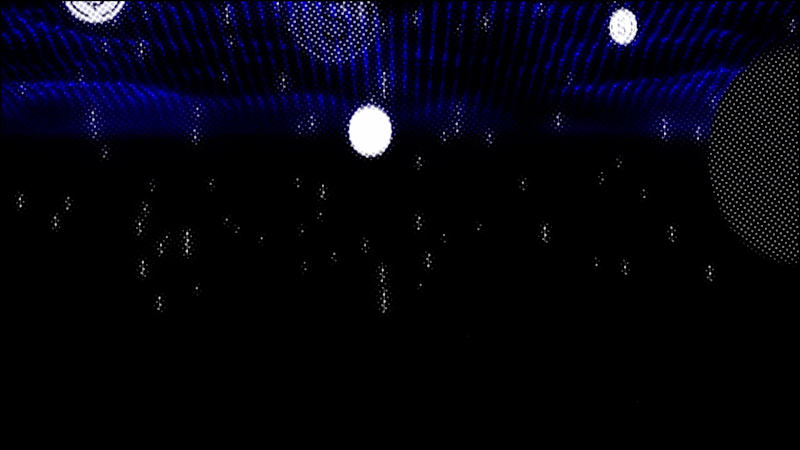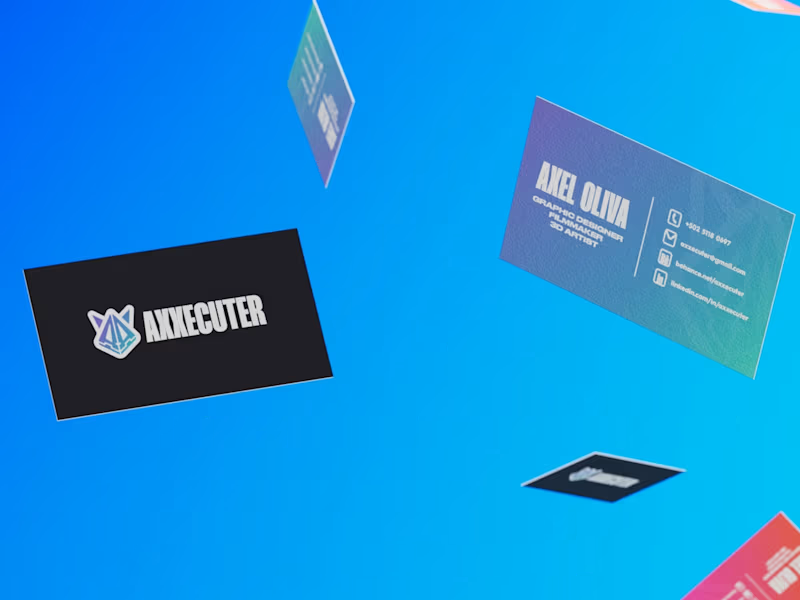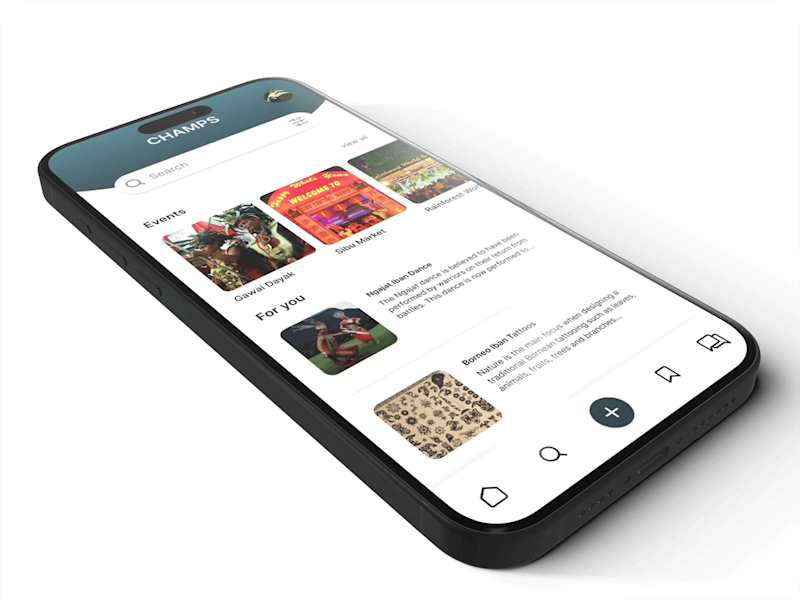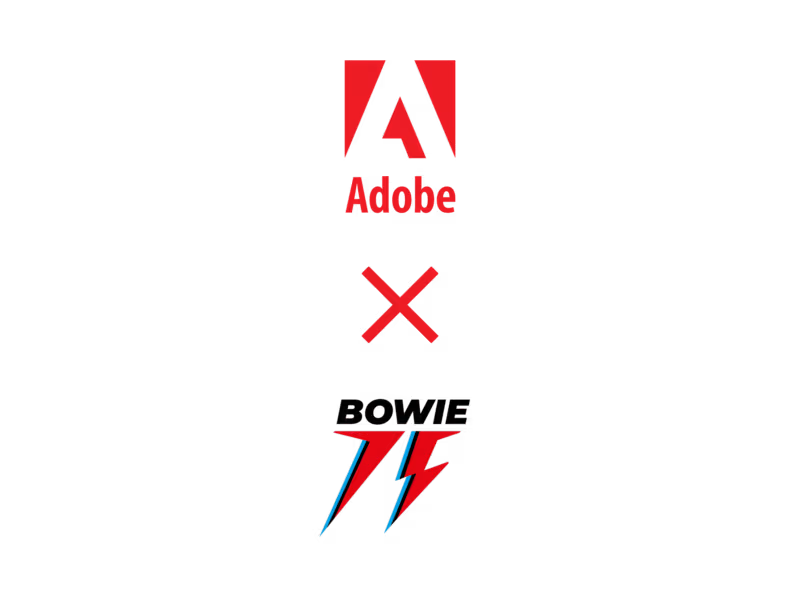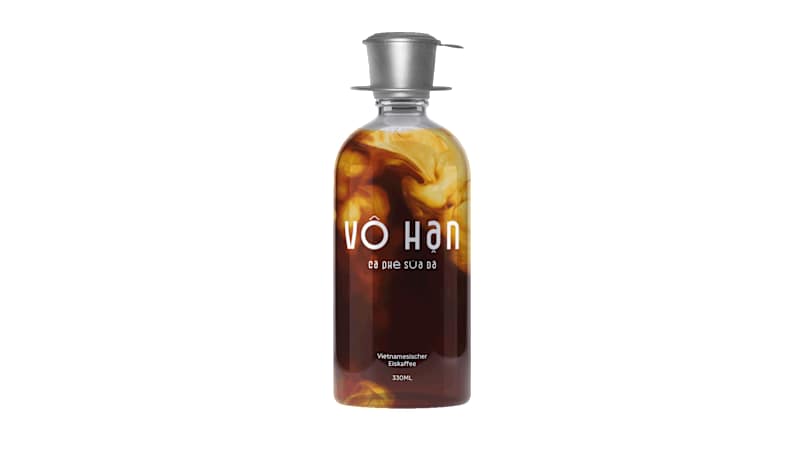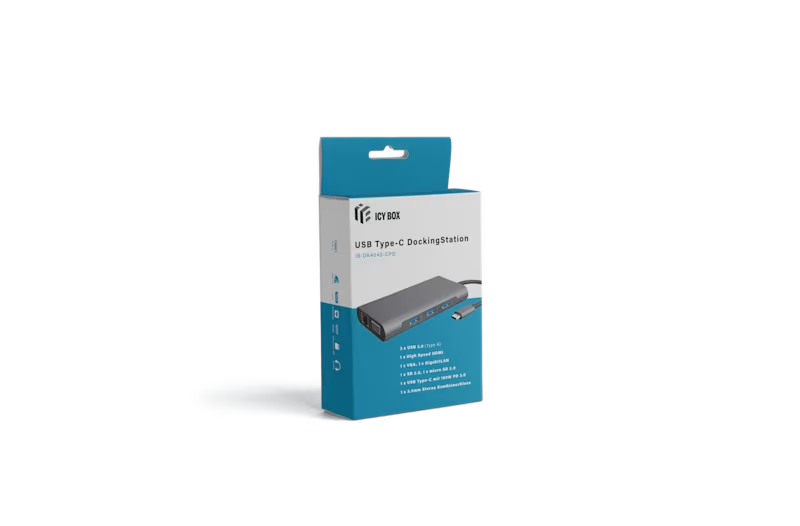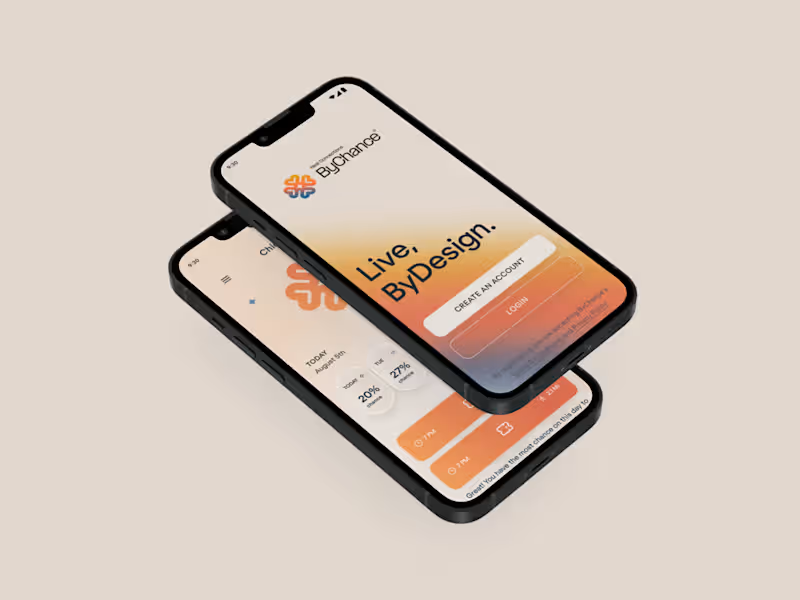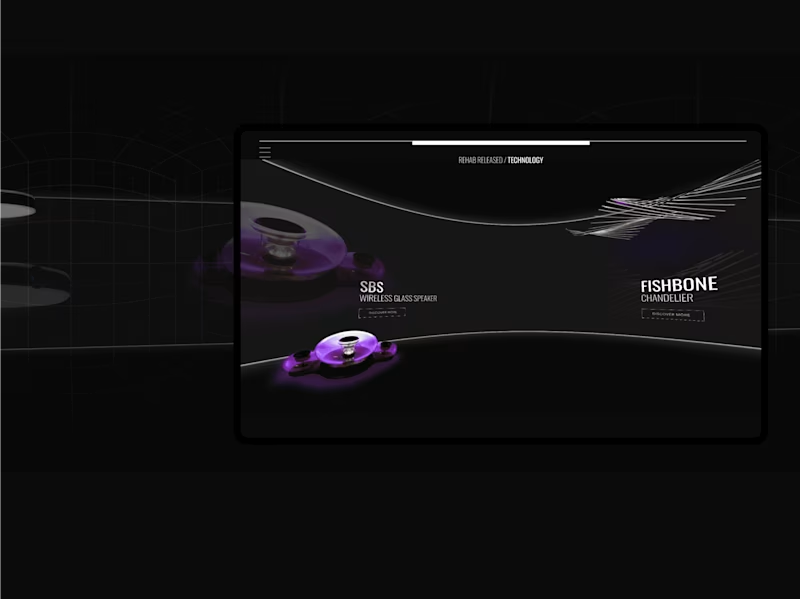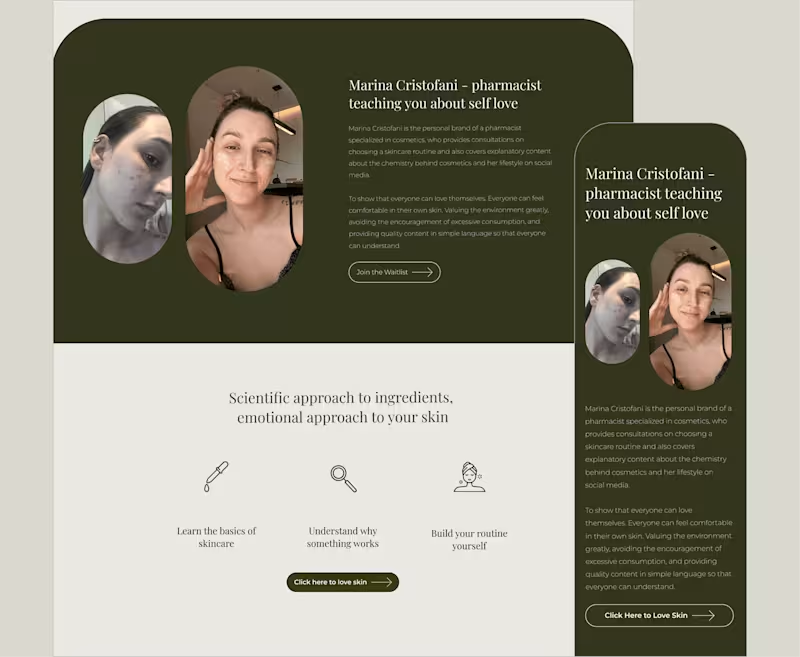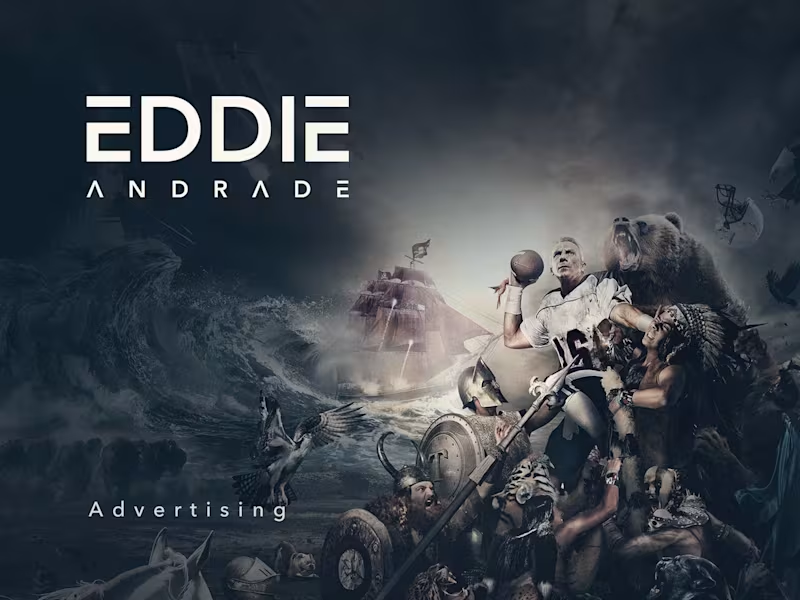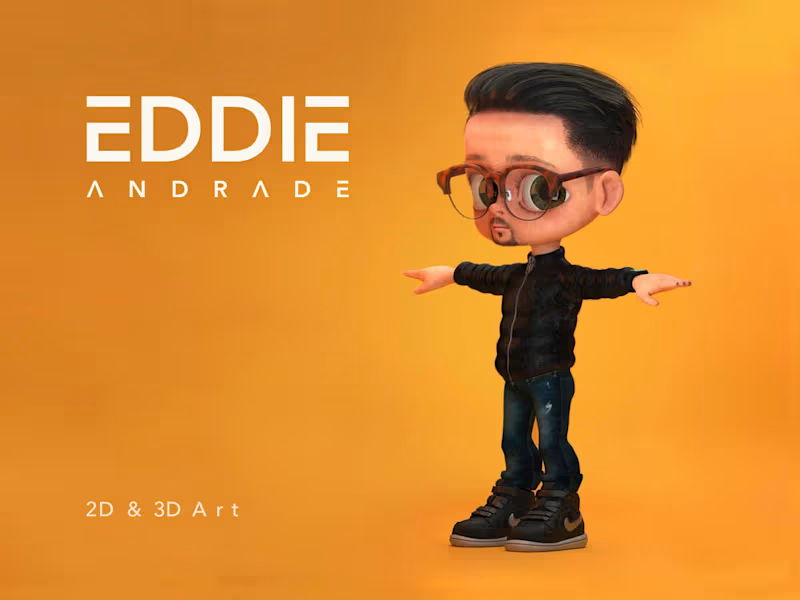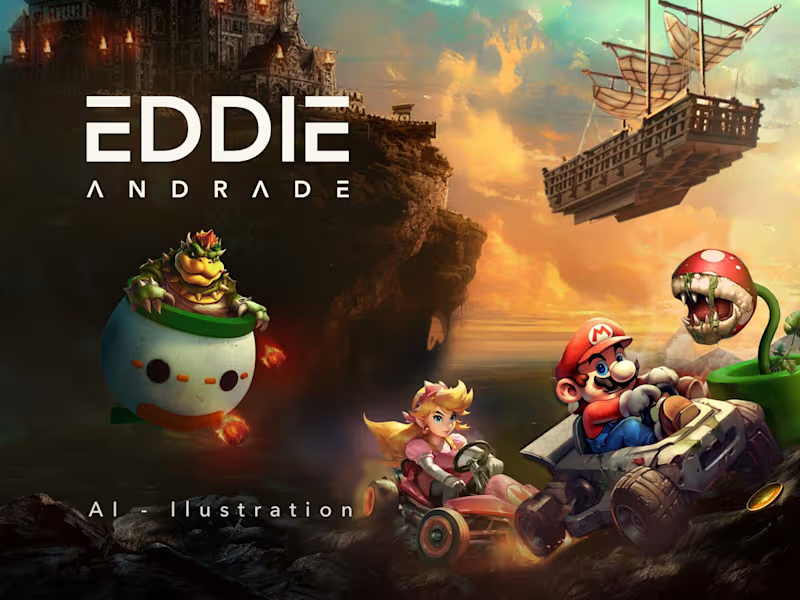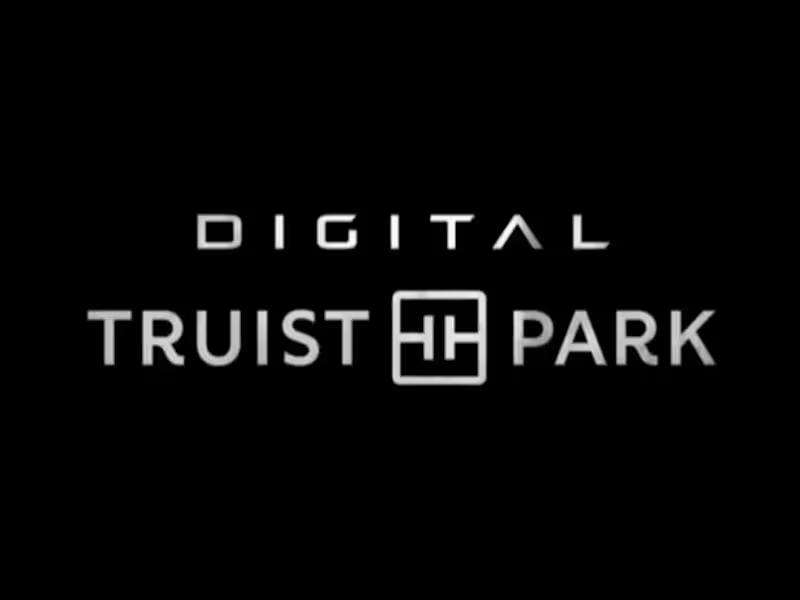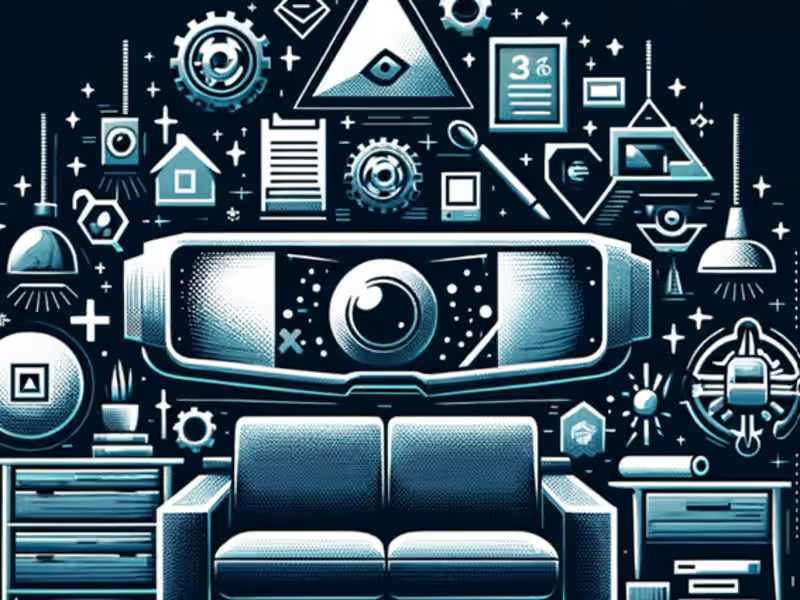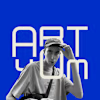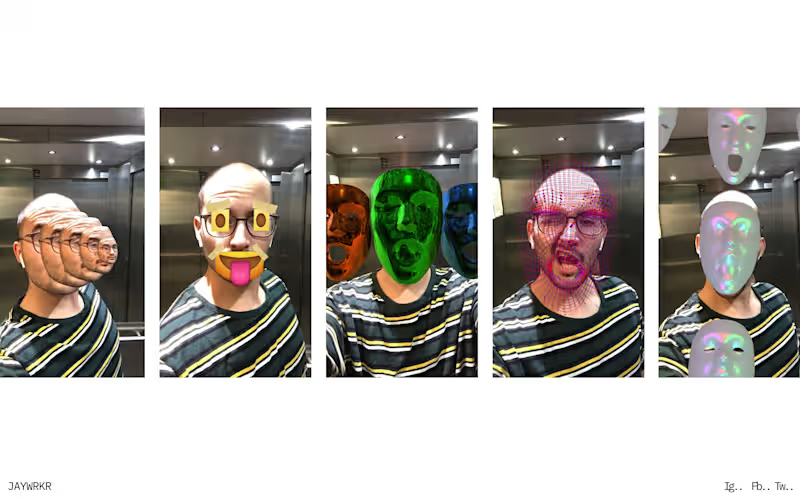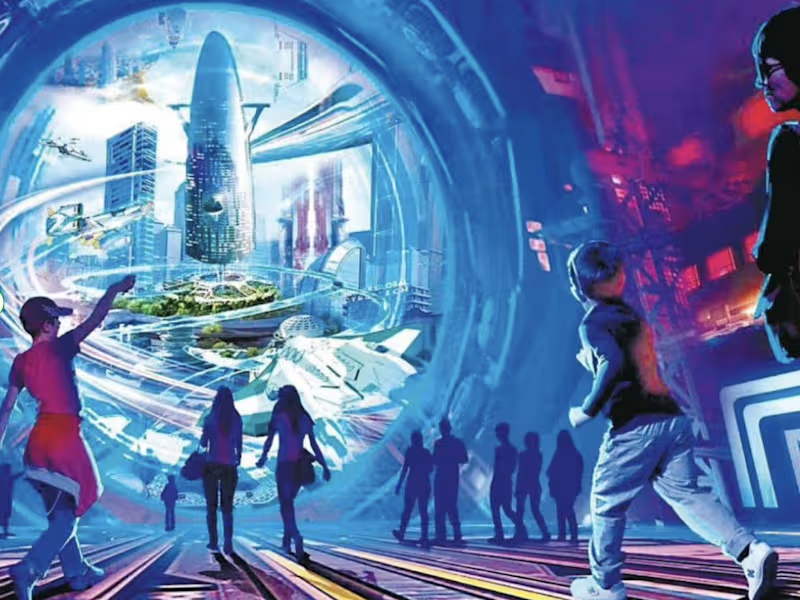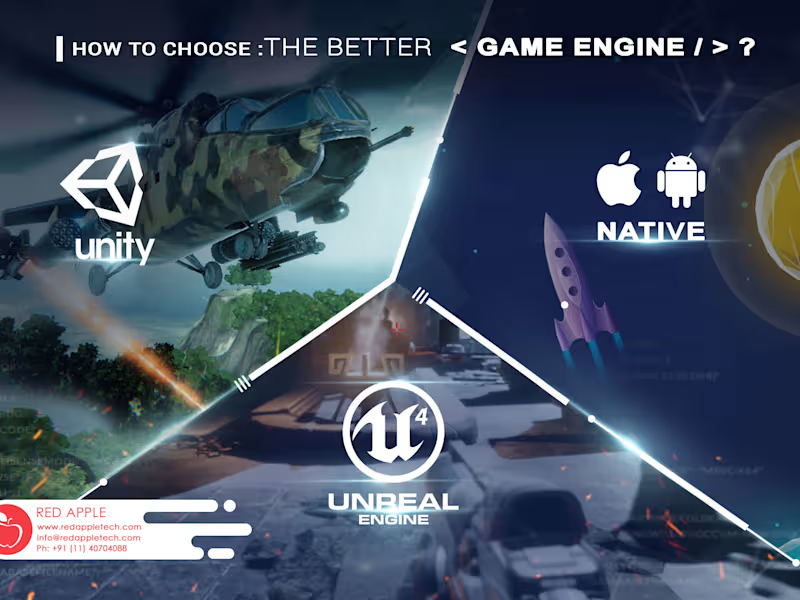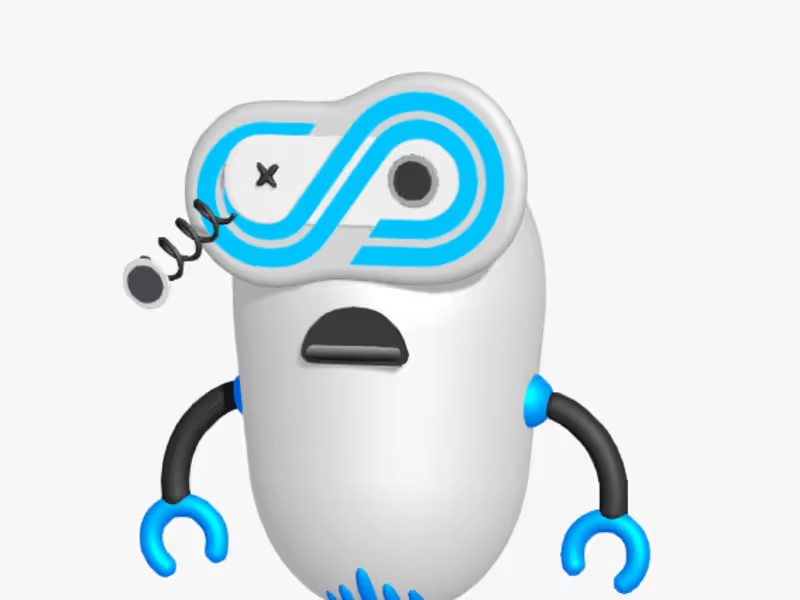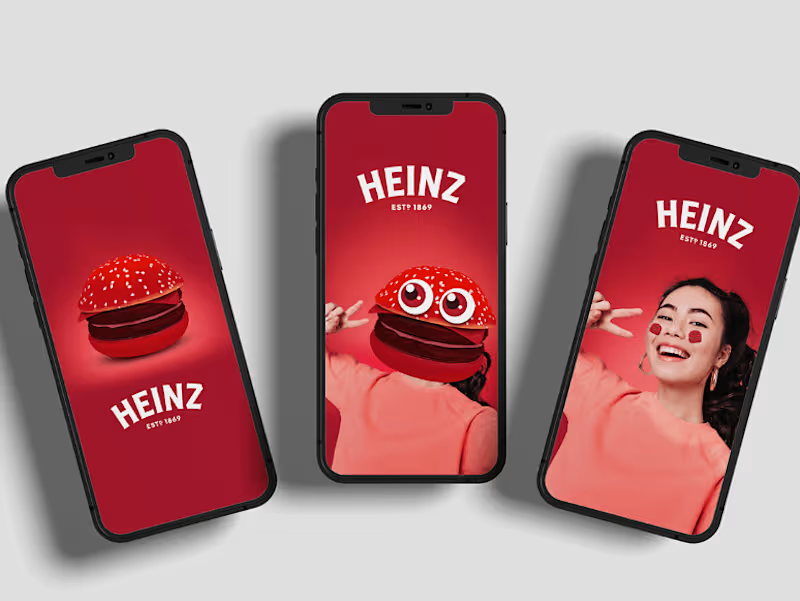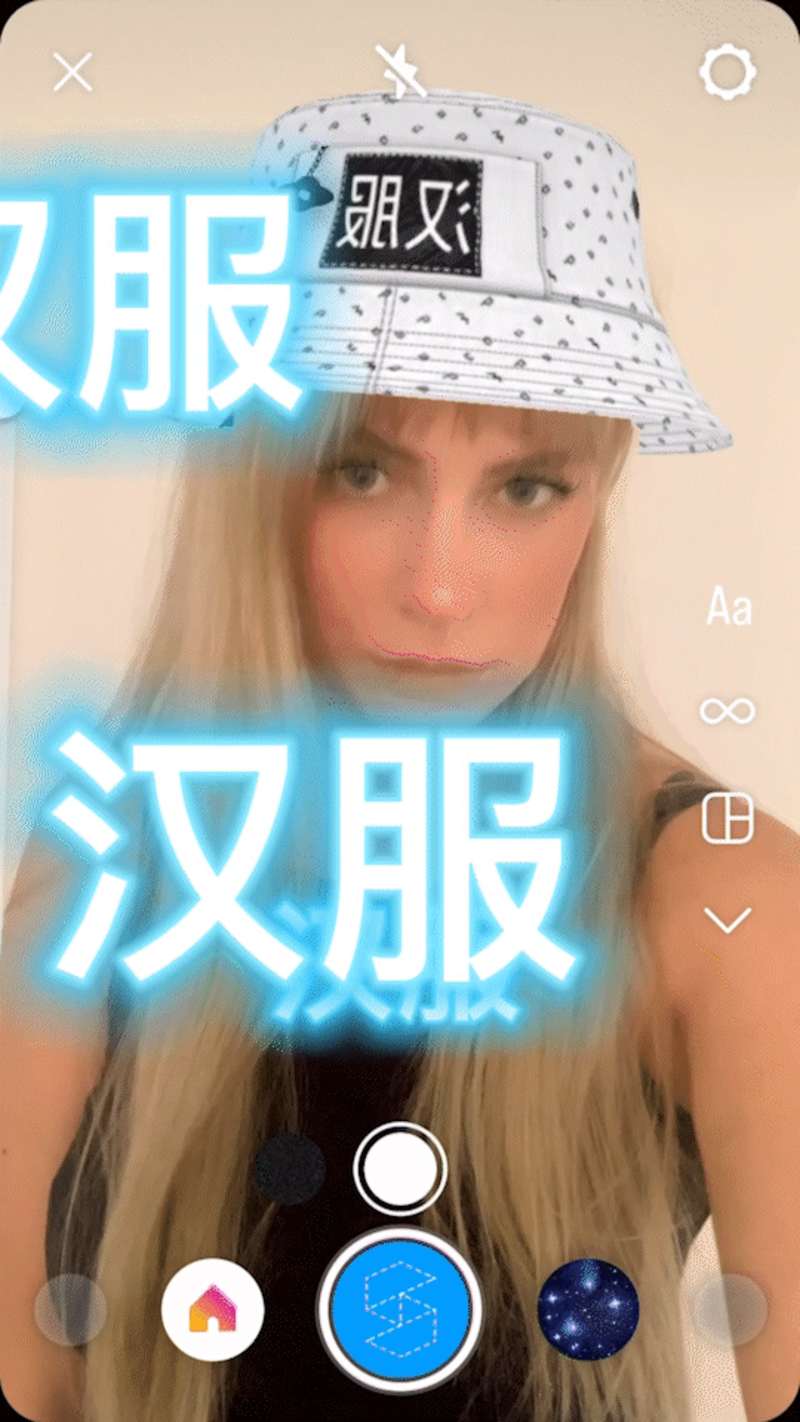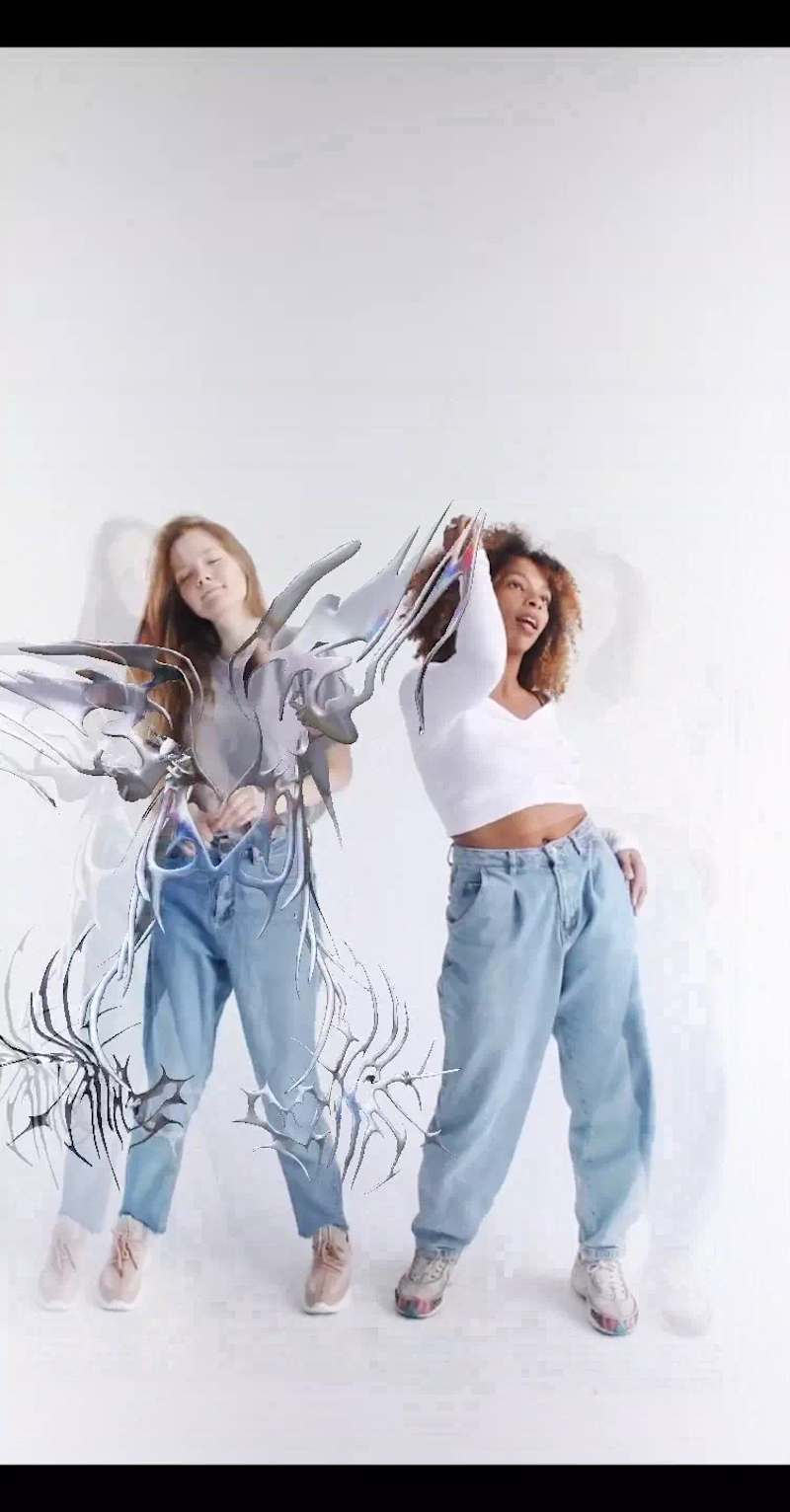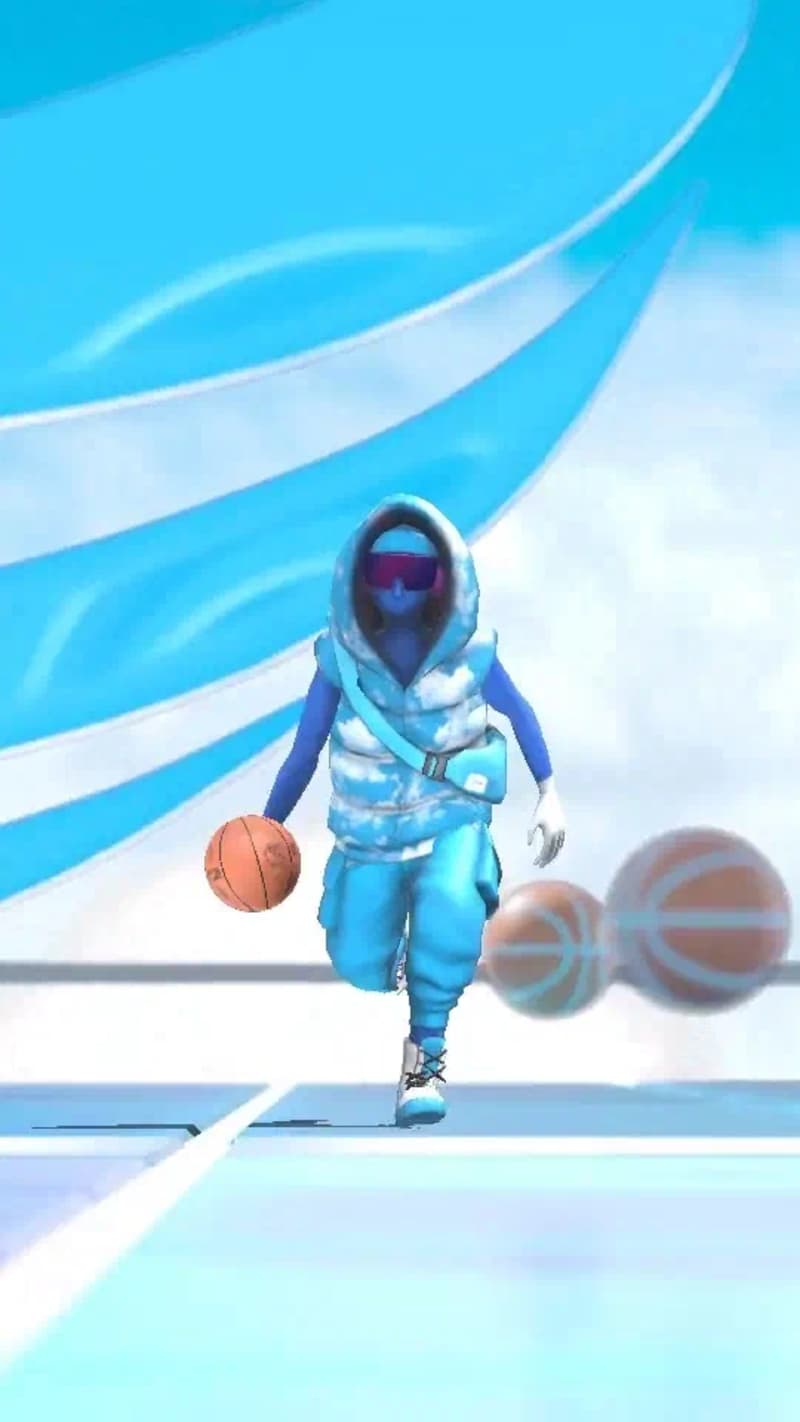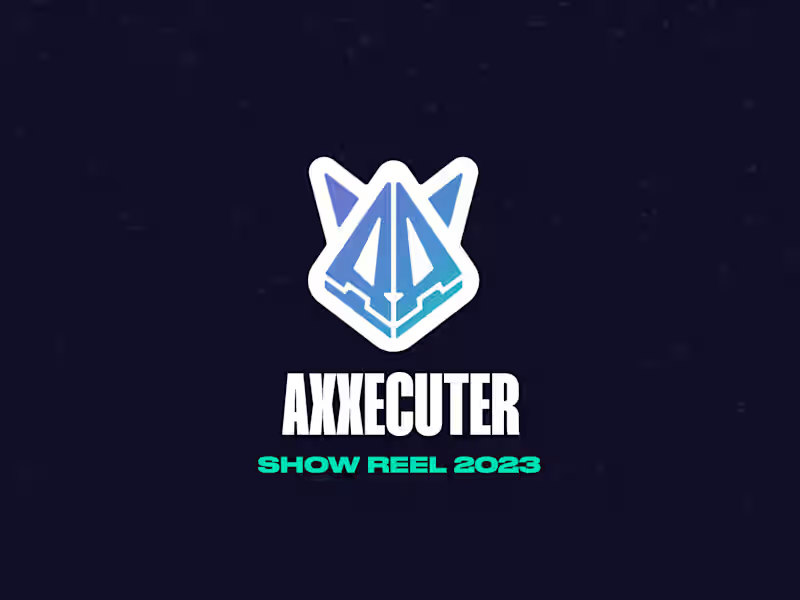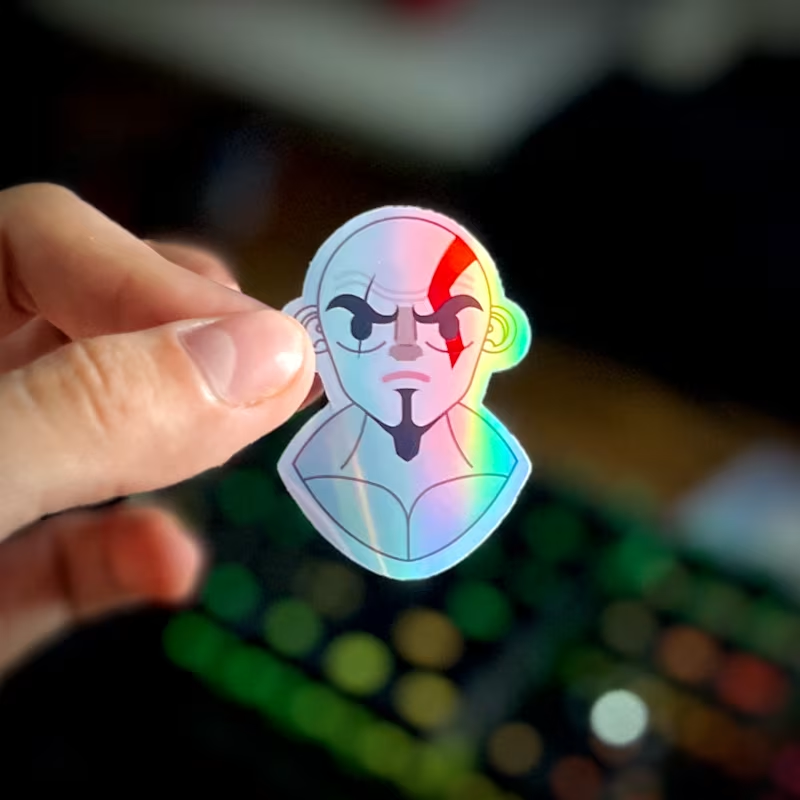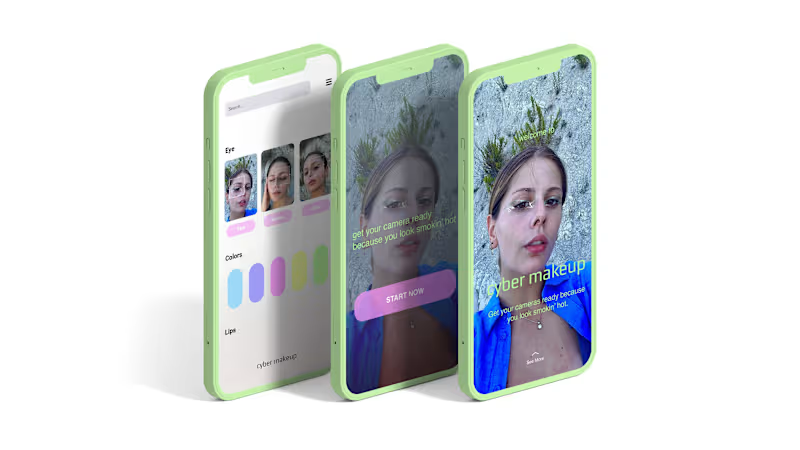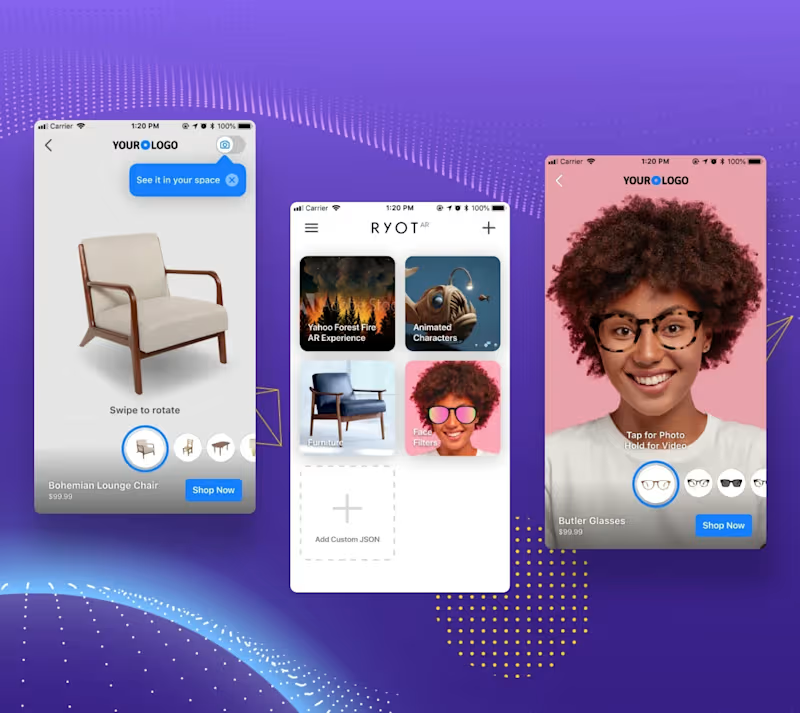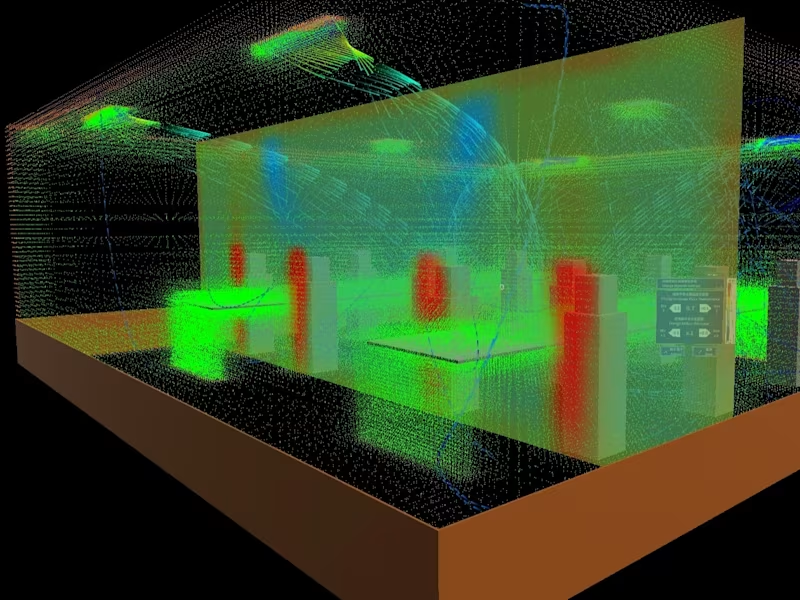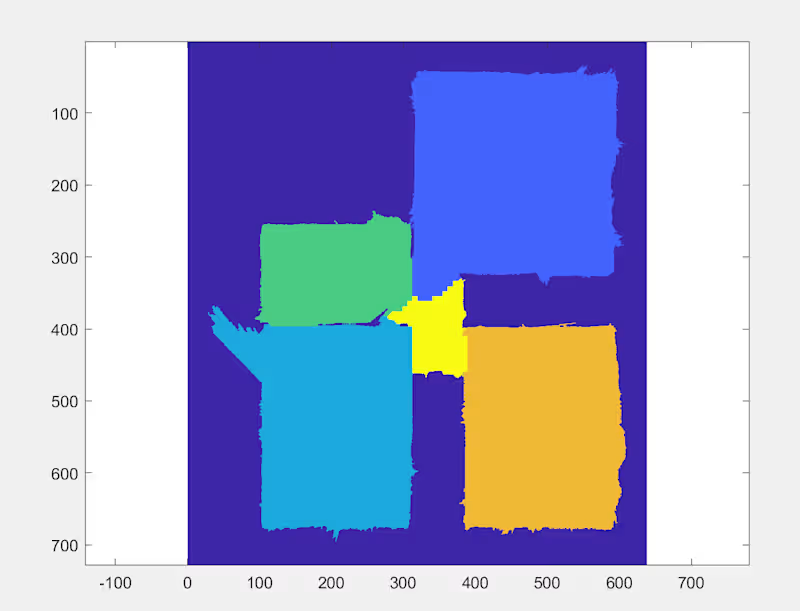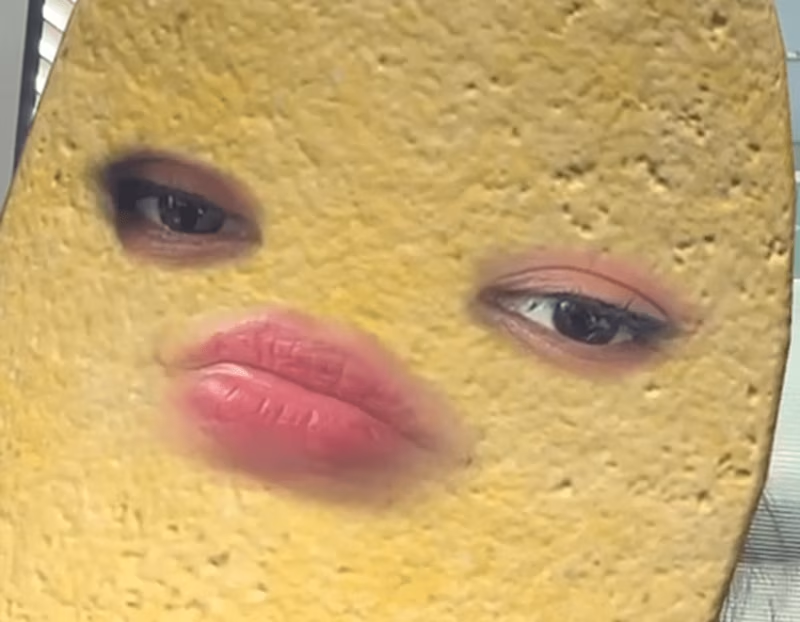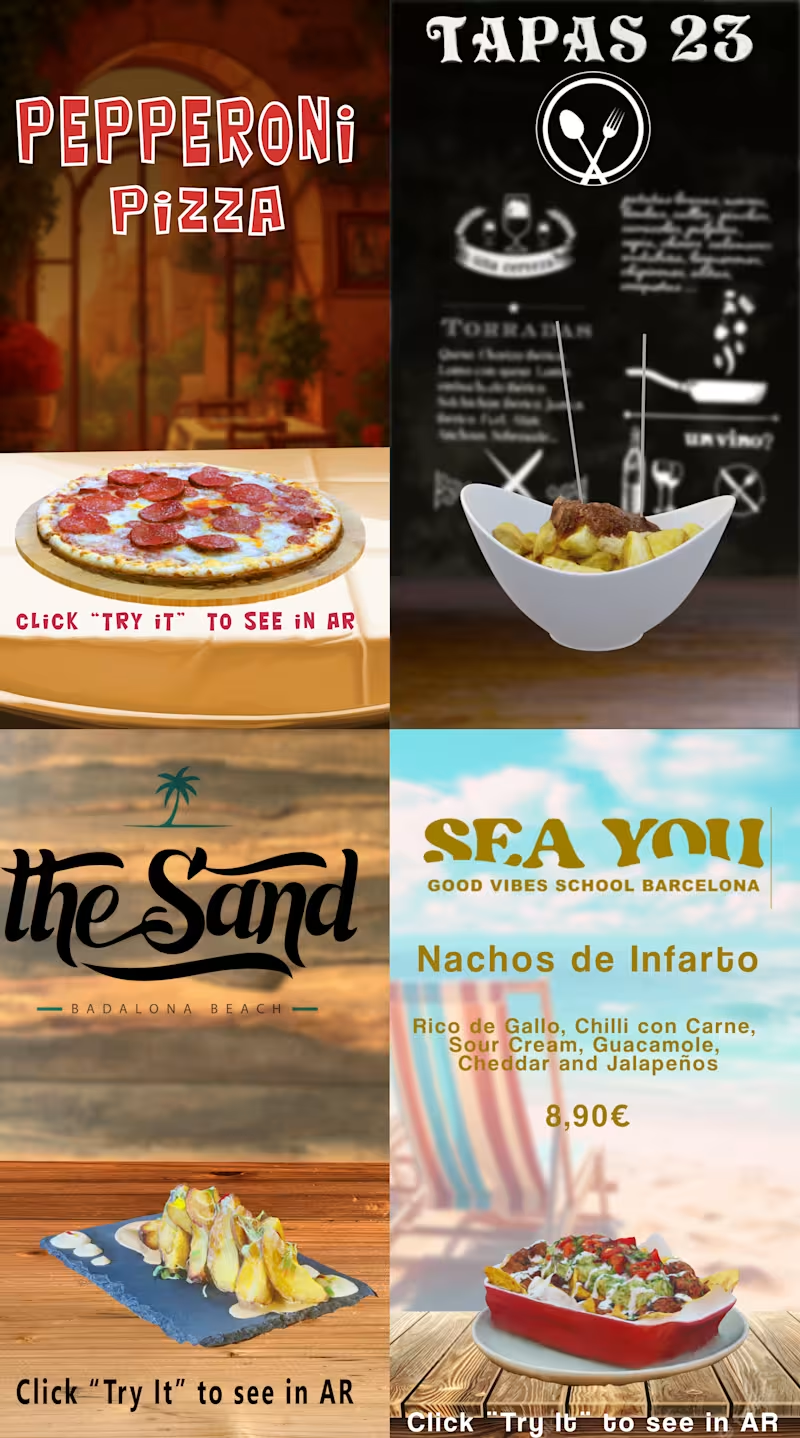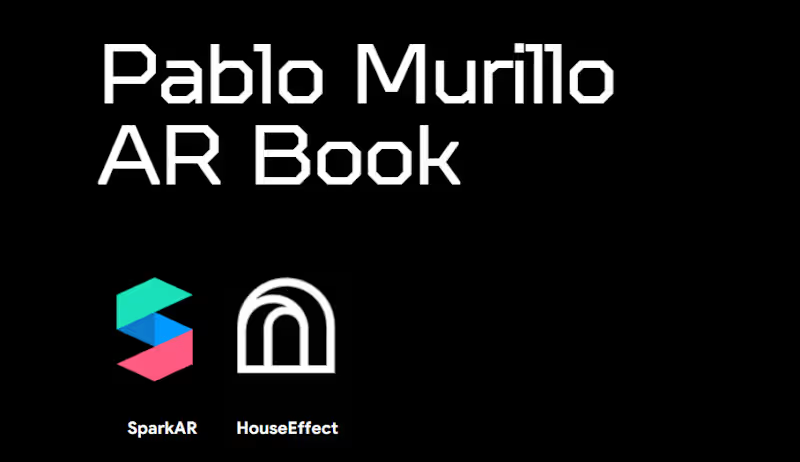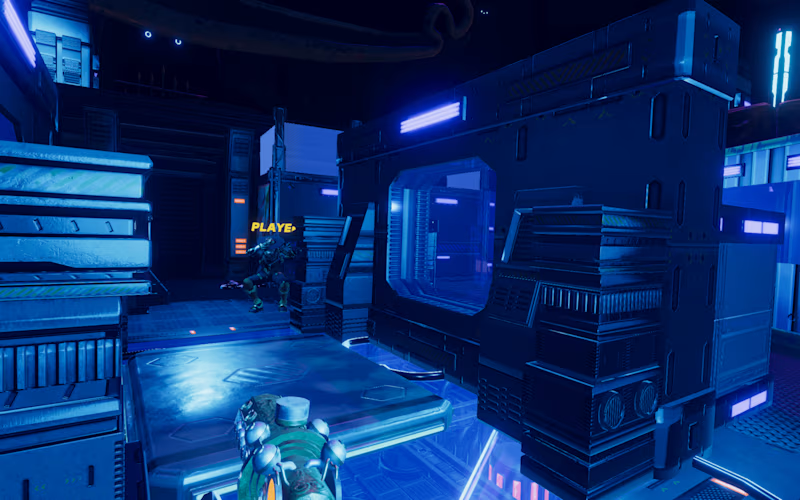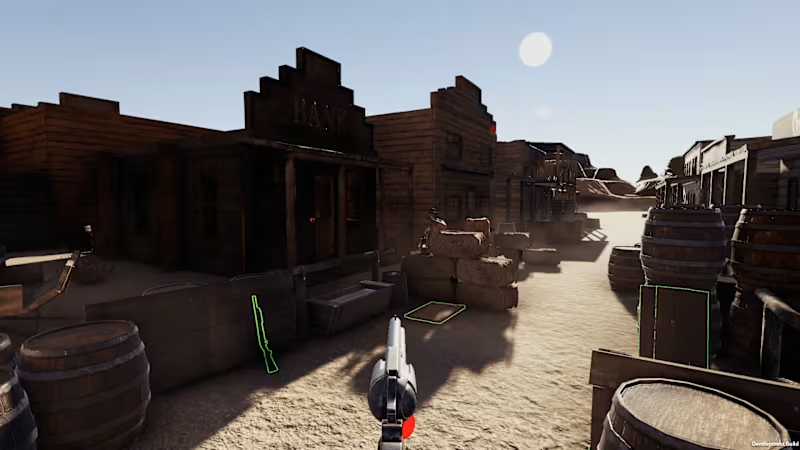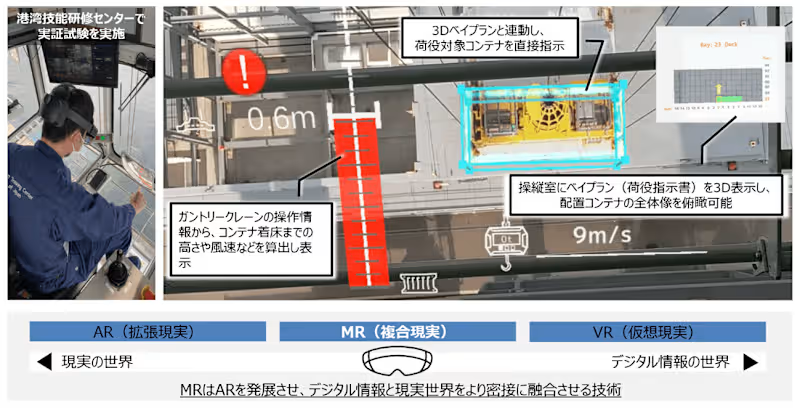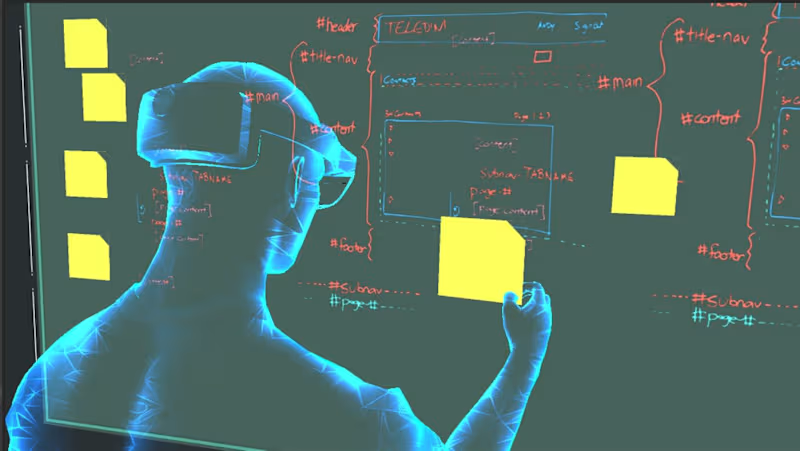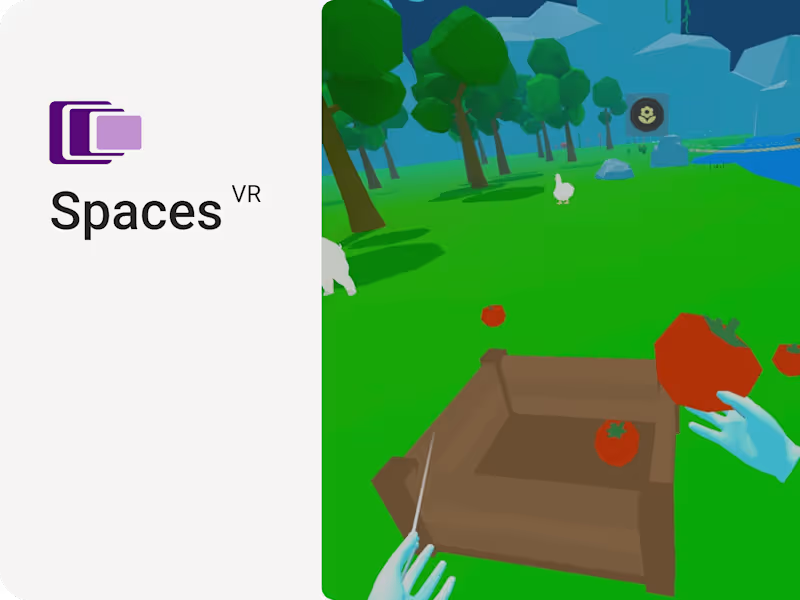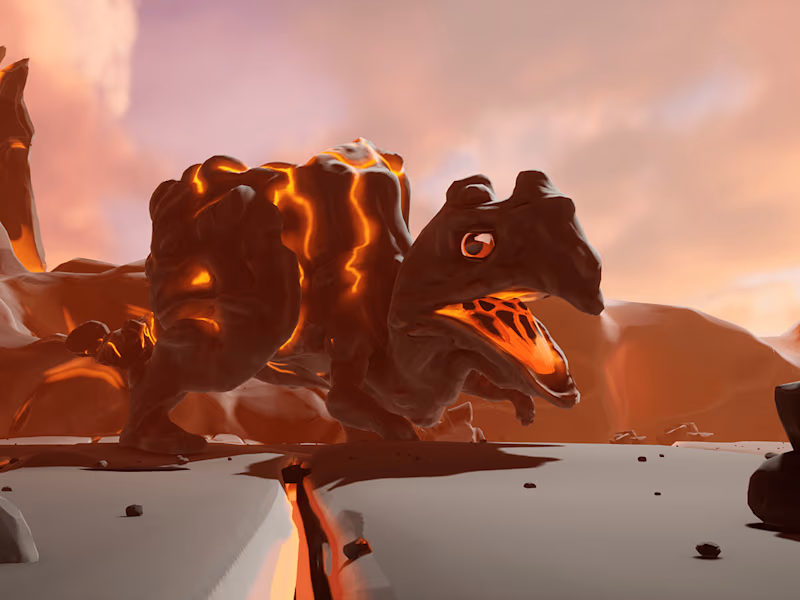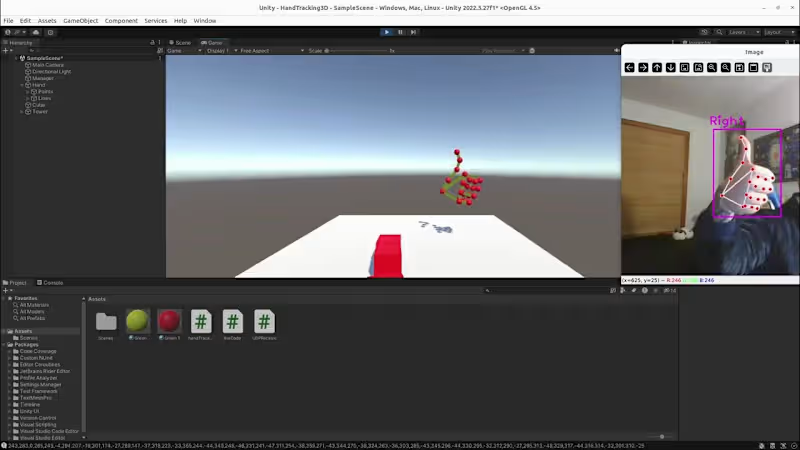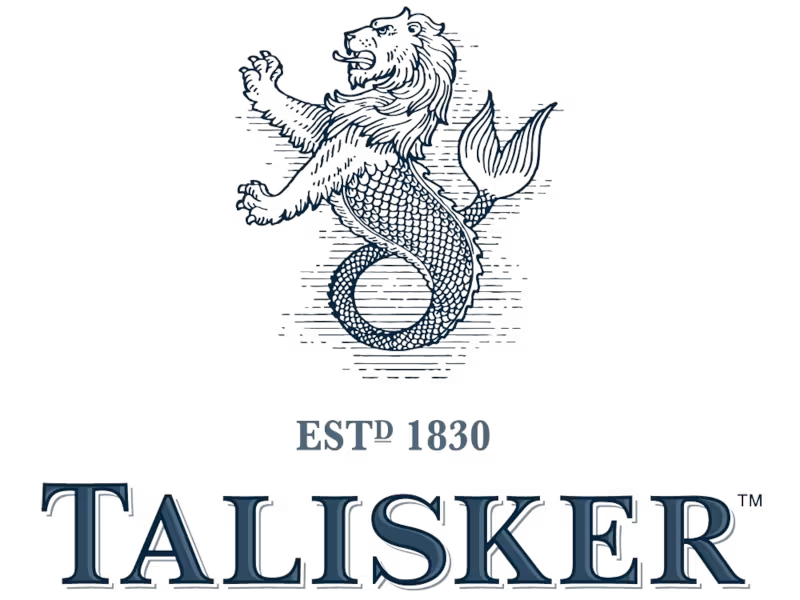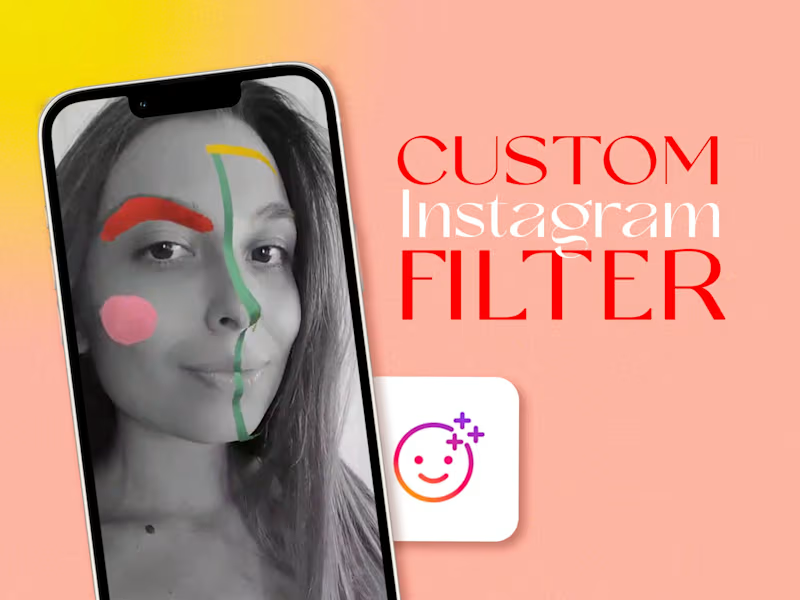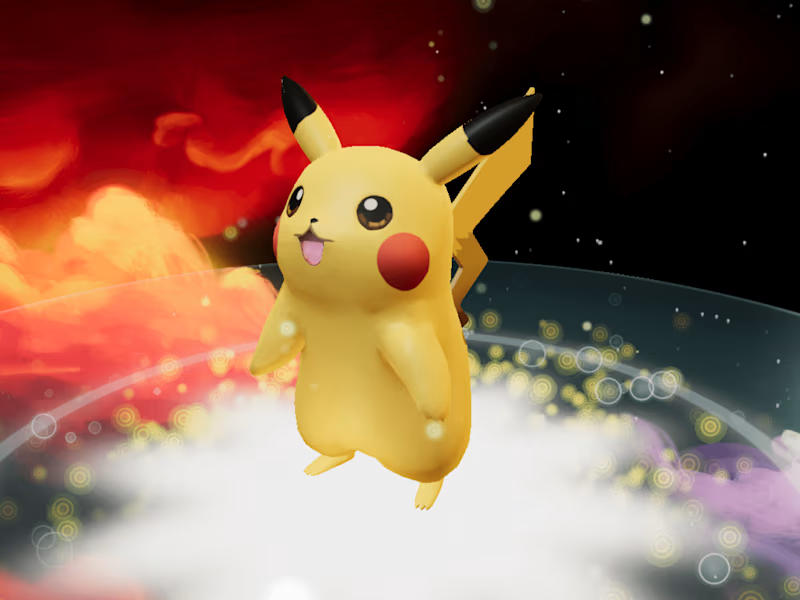What skills should a client look for when hiring an AR/VR developer on Contra?
When hiring an AR/VR developer, a client should look for skills in programming languages like C# and C++. The developer should be familiar with 3D modeling tools like Blender or Maya. It's also important for them to have experience with AR/VR platforms like Unity or Unreal Engine. Look for someone who understands human-computer interaction to make the AR/VR experience user-friendly.
How should a client describe their AR/VR project to attract the right developer?
Clients should start by clearly stating the project's goals. Describe the type of AR/VR experience they want, like a game or a training tool. Share details about the desired features or specific technologies needed. The more precise the client is, the better the match they can attract. This helps developers know if their skills fit the project.
How can a client assess a developer’s past AR/VR project experience?
Clients can ask developers to share their portfolios. Look for past projects that are similar to what the client needs. Check if the developer has handled projects of the same scope and complexity. Read reviews or testimonials from previous clients. This can give an idea of the developer’s capabilities and reliability.
What are some important deliverables in an AR/VR development project?
In an AR/VR project, deliverables might include wireframes and prototypes. Clients should expect codebase and asset files for 3D models and textures. There should be documentation on how to use or deploy the AR/VR application. Determine if any testing reports are needed to ensure the app functions correctly. Clear deliverables help track project progress.
How does a client set a realistic timeline for an AR/VR project with a developer?
Start by discussing each phase of the project with the developer. Estimate the time needed for design, development, and testing. Length of project often depends on complexity and resources available. Be open to feedback from the developer on what is achievable. Setting milestones can help ensure the project stays on track.
What type of communication should a client expect during an AR/VR project?
Clients should discuss preferred communication channels, like email or video calls, upfront. Agree on regular updates, such as weekly check-ins or progress reports. This keeps everyone on the same page and helps catch any issues early. Good communication is key to successful collaboration. Make sure response times and availability match the client's needs.
How can a client ensure the quality of the AR/VR work delivered?
Clients should agree on quality standards before work begins. Use detailed specifications and agreed benchmarks. Request regular progress reviews and demos. Testing should include real-world usability sessions. This helps ensure the AR/VR application is both functional and engaging.
How does a client kickstart the onboarding process with a freelance AR/VR developer on Contra?
Start by clearly defining the scope of the project. Share necessary documents and resources the developer might need. Hold an initial meeting to introduce everyone involved. Clarify roles, expectations, and timelines. This helps provide a smooth transition into the project.
Who is Contra for?
Contra is designed for both freelancers (referred to as "independents") and clients. Freelancers can showcase their work, connect with clients, and manage projects commission-free. Clients can discover and hire top freelance talent for their projects.
What is the vision of Contra?
Contra aims to revolutionize the world of work by providing an all-in-one platform that empowers freelancers and clients to connect and collaborate seamlessly, eliminating traditional barriers and commission fees.
- $10k+
- Earned
- 8x
- Hired
- 89
- Followers
- $1k+
- Earned
- 1x
- Hired
- 2
- Followers





























